BALTIMORE, MD — The Maryland Zoo in Baltimore is welcoming a new arrival — a female addra gazelle calf born on Sunday, October 30, 2011 at approximately 8:00 am.
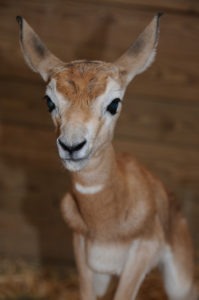
The calf, named Elvira, weighed 4.95 kg (11 pounds) at birth, and is strong and healthy. Her parents are 9-year-old Pearl and 4-year-old Makuru. “Pearl, who gave birth to our male calf Ray-Ray in February, is unfortunately showing no signs of interest in her new offspring,” stated Mike McClure, general curator of the Zoo. “Because the calf is so significant to the overall population of this endangered species, we decided that a quick intervention was necessary in order to keep her healthy.”
“As with Ray-Ray, the decision has been made to hand-rear her, and Elvira is being bottle-fed six times a day,” he continued. “Because we don’t want her to become imprinted on humans, we will be carefully raising her so that it will be easier to integrate her into our herd when she is a bit older. We also plan to socialize her with her grandmother early on so to make the transition to the herd easier for her.
The addra gazelle (Gazella ruficollis), also known as the dama gazelle, is the largest and tallest of all gazelles. Addra gazelles live in Africa’s Sahara desert region, from Mauritania to Sudan. They move seasonally from scrub land during the dry season to desert during the wet season. Addra are also fast and can reach a running speed of approximately 45 mph.
The calf’s birth is the result of a recommendation from the Addra Gazelle Species Survival Plan (SSP) coordinated by the Association of Zoos and Aquariums (AZA). SSPs provide breeding recommendations to maximize genetic diversity, with the goal of ensuring the long-term survival of the captive population and the health of individual animals. Currently there are approximately 130 addra gazelle in AZA accredited zoos throughout the United States. Addra gazelle are critically endangered. Poaching and overhunting, for horns and meat, have driven the species nearly to extinction in the wild.
Zoo visitors may be able to see the calf along with the rest of the herd later this winter depending on the weather. The Maryland Zoo’s herd is now made up of five animals, including the new calf, and can be found in the African Watering Hole exhibit in the Africa section of the Zoo, just past the rhino, ostrich, and zebra.

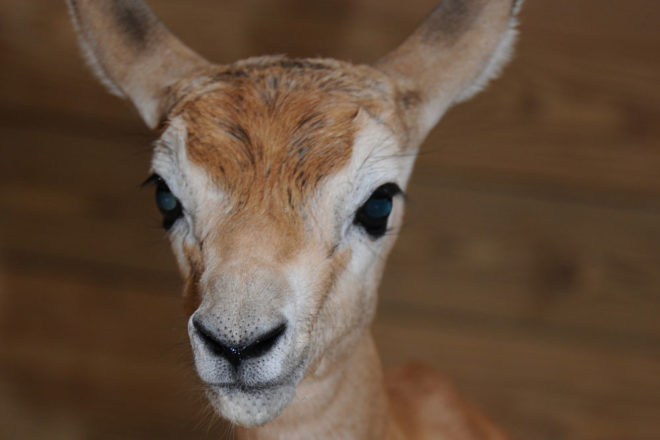
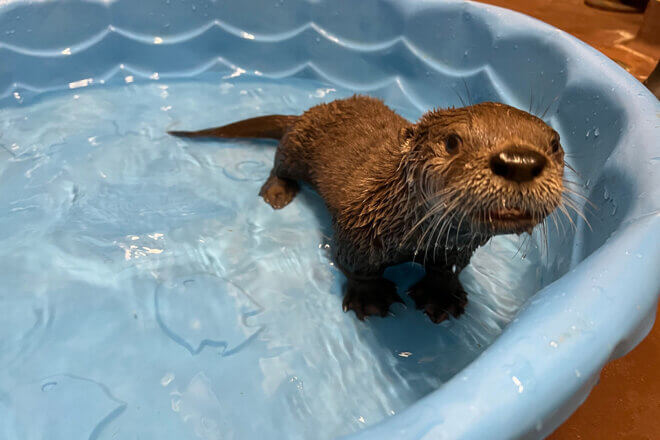
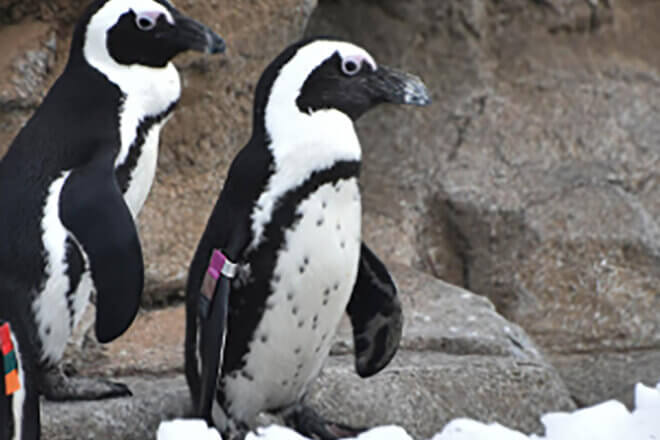
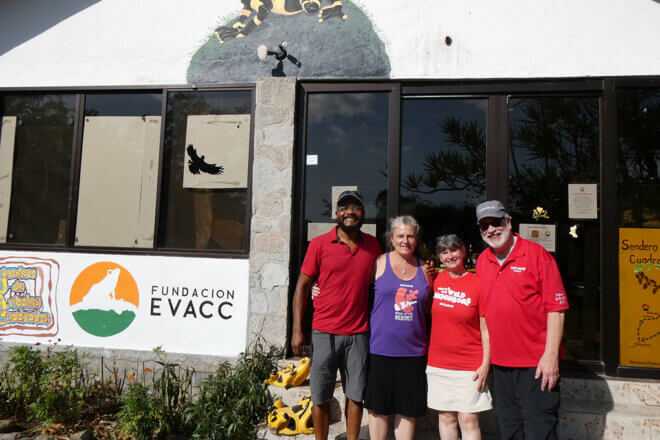

Share this article